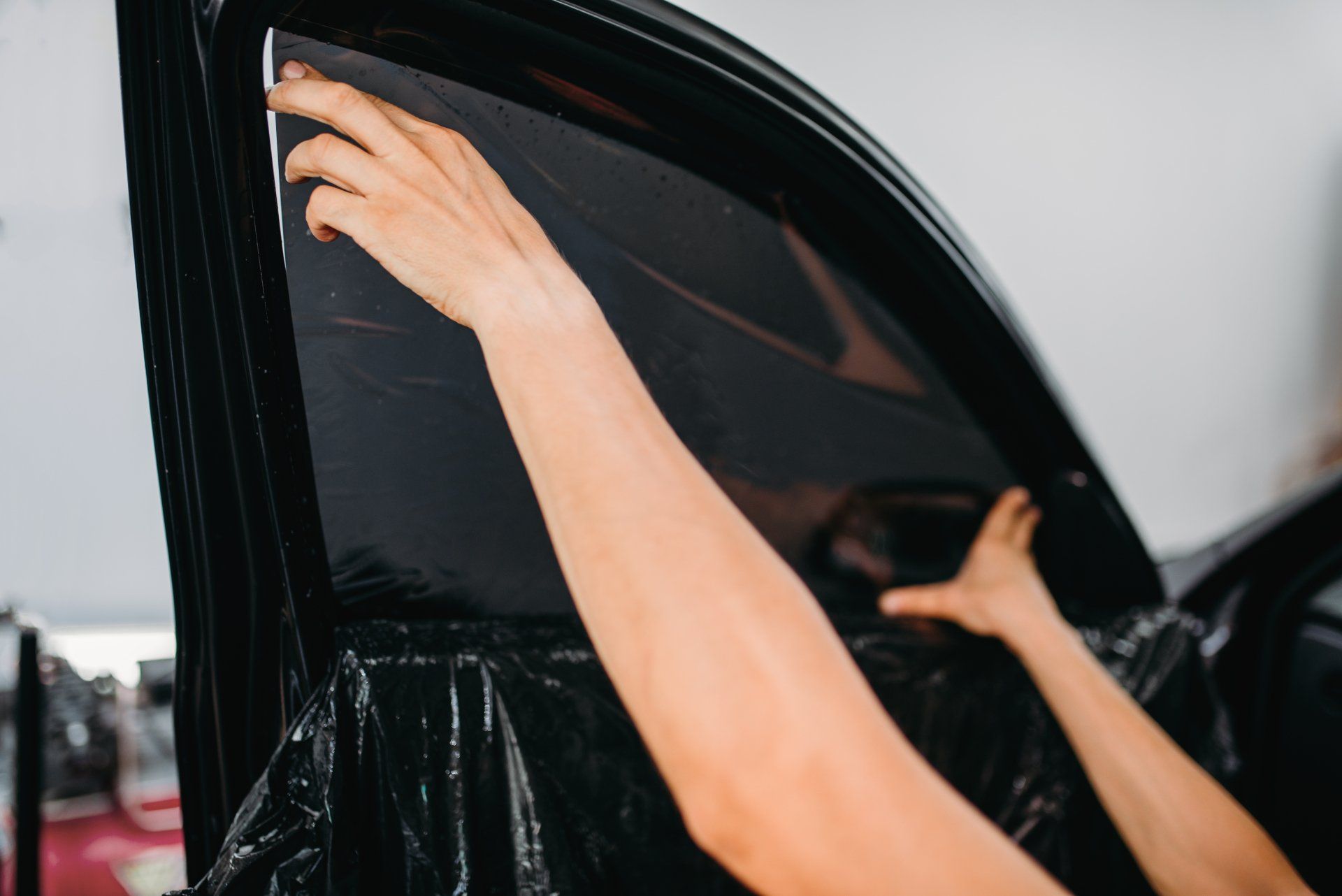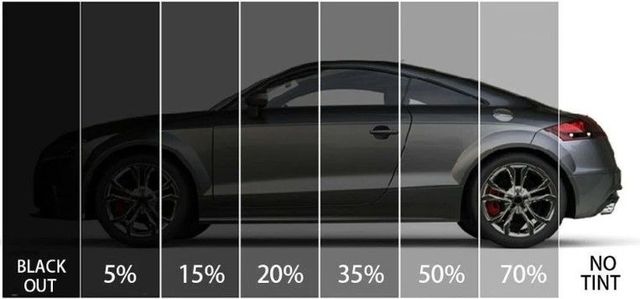Discover the Advantages of UV Defense with Automobile Window Tinting
Discover the Advantages of UV Defense with Automobile Window Tinting
Blog Article
Home Window Tinting Rules and Standards: What You Need to Know Before Tinting Your Auto
Prior to proceeding with home window tinting for your automobile, it is vital to familiarize on your own with the varied laws and guidelines that regulate this method across different states. These regulations dictate the permitted degrees of color darkness, usually gauged by visible light transmission (VLT) percentages, and consist of specific stipulations for front windscreens intended at guaranteeing road security.
Review of Home Window Tinting Laws
Home window tinting legislations are frequently subject to variant across various jurisdictions, reflecting neighborhood regulations and safety considerations. These laws dictate the acceptable degrees of color darkness and reflectiveness on lorry windows, making sure that vehicle drivers maintain appropriate exposure while likewise shielding against harmful UV rays and heat.
A lot of laws categorize window tinting based upon the Visible Light Transmission (VLT) percent, which indicates the amount of light that can pass via the home window. Normally, reduced VLT percents symbolize darker tints. Laws frequently distinguish in between the front, side, and rear home windows, with stricter limitations related to the front windscreen to enhance safety for both the driver and other roadway customers.
In addition, some territories impose limitations on the reflectivity of the color, avoiding excessive glare that might hinder presence. Exceptions to these legislations might exist for individuals with specific medical problems calling for added sun protection. Conformity with window tinting laws is essential, as violations can lead to fines, obligatory elimination of the color, and possible increases in insurance coverage premiums. It is necessary for car proprietors to acquaint themselves with neighborhood regulations before continuing with home window tinting installments.
State-by-State Color Rules
Recognizing the specific window tinting regulations in each state is important for lorry owners looking for to adhere to the regulation. Each state in the united state has developed its own set of guidelines controling window tinting, which can vary significantly. These guidelines often determine the allowable levels of color darkness, the sorts of windows that can be tinted, and any medical exemptions that may apply.
As an example, states like The golden state have stringent limitations on tint darkness for front home windows, while others, such as New Mexico, may allow darker tints. Additionally, particular states mandate particular visibility portions for numerous windows, including the windshield, front side windows, and back home windows. It is essential for vehicle proprietors to acquaint themselves with their state's laws to avoid prospective penalties or fines.
Moreover, some states may call for a qualification sticker label to be placed on tinted home windows, indicating compliance with state legislations. Failure to follow these guidelines not just runs the risk of lawful repercussions yet can additionally impact security and presence while driving. As a result, lorry owners need to carry out thorough study or seek advice from local authorities to make certain complete understanding and compliance with state-by-state tint policies.
Allowed Tint Levels and Types
Lots of vehicle proprietors might be shocked to discover that allowed tint levels and kinds differ commonly throughout different states. Each state has established its very own laws concerning the permissible darkness and reflectivity of home window color, commonly measured by Visible Light Transmission (VLT) portions. VLT refers to the amount of light that can travel through the colored windows; therefore, a reduced percentage suggests a darker color.

Moreover, the sorts of tint materials enabled can vary, with some states prohibiting mirror-like or metallic coatings. It is essential for vehicle proprietors to acquaint themselves with their state's specific laws to ensure conformity. Non-compliance can result in penalties, required removal of the tint, or other legal repercussions, making it essential to understand these policies prior to proceeding with setup.
Medical Exceptions for Tinting
While not all states offer allocations for medical exceptions regarding window tinting, those that do acknowledge the necessity for certain people to improve exposure and comfort due to medical conditions. Various clinical problems, such as lupus, skin cancer cells, and certain eye problems, can provide people specifically sensitive to sunlight. These people might need darker tints to shield themselves from harmful UV rays and glow.

It is vital to note that even with a clinical exception, there might still be limitations on the degree of tint enabled. Compliance with state regulations guarantees that people are both secured and within legal limitations. Those thinking about clinical exemptions should call their local Division of Motor Cars or equivalent authority to recognize the demands and treatments needed to make an application for an exception effectively.
Charges for Non-Compliance
Failing to follow home window tinting laws can bring about considerable penalties, which differ by state. Law enforcement agencies are equipped to issue citations for automobiles that do not comply with the defined tinting regulations. These charges commonly include penalties, which can vary from moderate quantities to numerous hundred bucks, depending on the seriousness of the offense and the state in concern.
In some territories, repeated offenses might result in escalating penalties or added penalties, such as mandatory court looks. see it here Furthermore, non-compliance might necessitate the elimination of prohibited tinting, typically at the proprietor's expenditure. In severe cases, regular offenders might face suspension of their car registration up until compliance is accomplished.
Additionally, insurance policy effects may develop from getting numerous citations for window tint violations. Insurance companies may see such violations as an indicator of riskier habits, possibly resulting in increased costs or problem in coverage.
To stay clear of these charges, it is critical for automobile proprietors to familiarize themselves with their regional window tinting regulations and make certain that their automobile complies (Window Tinting). This positive strategy not just avoids lawful implications however additionally advertises road safety
Conclusion

Most policies identify home window tinting based on the Visible Light Transmission (VLT) percent, which indicates the quantity of light that can pass via the home window. Compliance with window tinting laws is critical, as infractions can result in penalties, obligatory elimination of the tint, and potential rises in insurance coverage costs.Understanding the details window tinting laws in each state is essential for car owners seeking to abide with the regulation. These guidelines typically determine the allowed levels of tint darkness, the types of windows that can be tinted, and any medical exceptions that may apply.
For circumstances, states like California have rigorous restrictions on color darkness for front home windows, while others, such as New Mexico, may enable darker tints.
Report this page